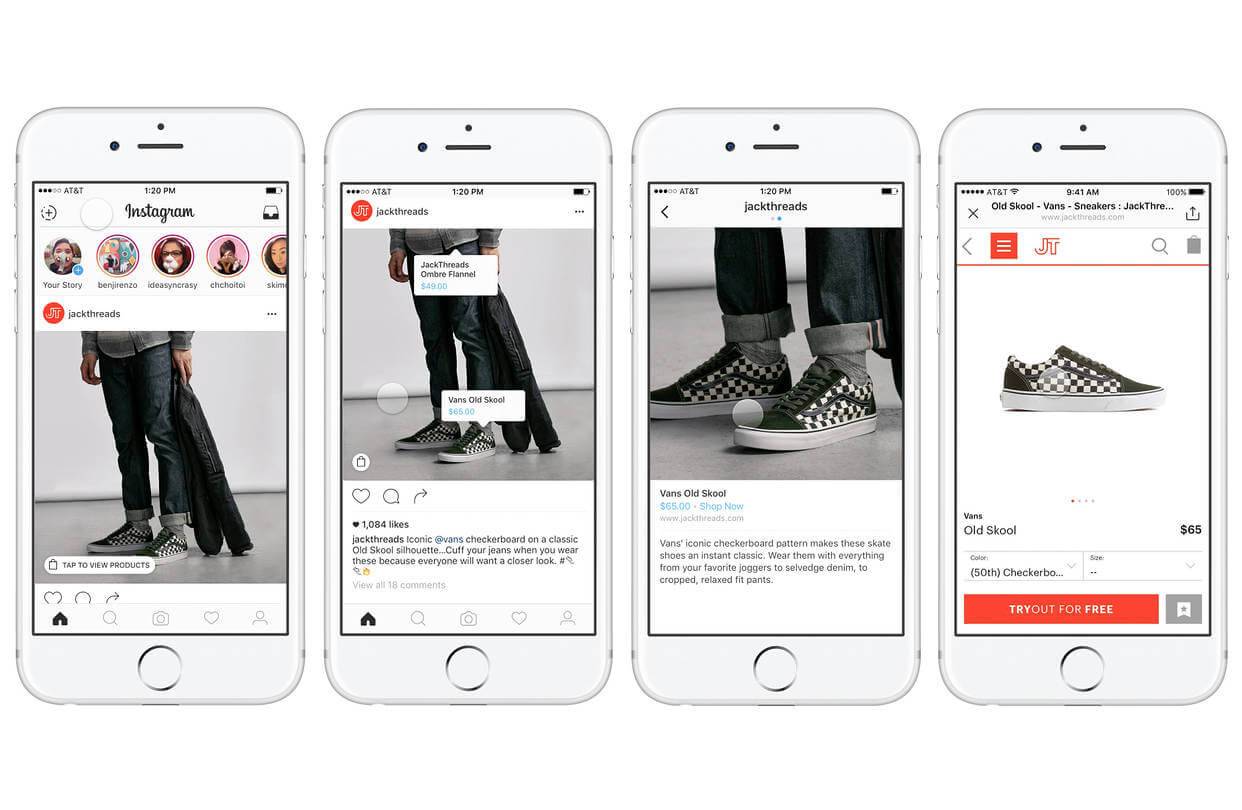Tips to tap into the millennial mindset
blog
July 11, 2019The millennial mindset is shifting as the last of this generation makes the transition into adulthood and e-commerce teams need some insights and tips to understand how to engage with this unique generation. With this shift, we see their shopping habits making transitions of their own: digital transitions. Millennials have advanced the traditional marketplace from a digital perspective more in the past five years than the industry itself has since before this generation was born. These are your digital natives, who as defined by the Pew Research Center, are the individuals born anytime between 1981 and 1996, aging them 23 to 38 and everywhere in between in 2019. Looking at the generations from a technology standpoint, baby boomers grew as television did and gen X witnessed the home computer become a staple while millennials were brought into this world with the internet.
Online Shopping vs. Brick and Mortar
Though millennials are the generation that brought tech into the spotlight, and into daily life for that matter, they do still visit actual storefronts, when they know what they are looking for. Millennials prefer to have fully researched a product, surveying multiple, sites, brands, and even models of an item before even setting foot in the store. According to a study on millennial shoppers completed by Accenture, millennials still enjoy entering the physical marketplace in order to confirm the research they have completed beforehand. “You want to touch it; you want to smell it; you want to pick it up,” explained one survey participant in reference to the in-store experience.
While being in-store, however, millennials expect to be greeted with a seamless transition between their online and in-store experiences. According to the same Accenture study, 68 percent of millennials surveyed expect to transition with ease between mobile, desktop, and in-store experiences when searching for their products. For example, if a discount or promotion is offered online, millennials expect the very same one to be offered in-store. It’s omnichannel and according to the recent Turning Browsers into Buyers survey, concepts like “click and collect” and “Research Online, Purchase Offline” (ROPO) have required brands to build a seamless product experience for customers across virtual and physical realities, emphasizing the need for that perfect transition even more.

Bottom line: millennials still enjoy the physical act of shopping, but their journey of research to purchase both in-store and online must be seamless.
Digital vs Desktop E-Commerce
As social media continues to slowly take over the world, it impacts on the e-commerce world begins to make themselves known. One of the newest e-commerce trends surfacing in 2019 is social commerce: the selling of products through social media.
Many business accounts on platforms such as Instagram and Facebook have begun implementing a “buy” button within posts about their new products and services as a way to speed up the purchasing process. Instead of viewing a product on social media, visiting the brand’s website, finding the product on the website, and then deciding whether or not to make the purchase, social media users can now buy a product while still remaining on the app they opened on their mobile devices.

In June of 2015, both Facebook and Instagram launched “shop now” buttons to posts followed by Instagram’s implementation of the product tags on posts that allow users to simply tap on a post to see the price of an item shown, fully immersing themselves in the world of social commerce.
According to a study done by Bizrate Insights conducted for eMarketer in December of 2018, 35% of millennials surveyed have made a purchase on social media while nearly 30% said they hadn’t partaken in this style of purchasing but were open to the idea of doing so.
Bottom line: There is no one size fits all with millennials, however omnichannel is expected. “I can tell you the everyday customer expects the communication style of a Zappos, the customer friendliness of a Disney, the seamlessness of an Uber, and the speed and efficiency of an Amazon,” explained Bryan Eisenberg, internationally recognized online marketing professional.
Voice Search
Some of the nation’s biggest voice assistants, Amazon’s Alexa, Google’s “okay Google”, and Apple’s Siri have also found themselves involved in the world of e-commerce as well. According to an infographic published by Invesp, one in five individuals has used a voice assistant to make a purchase and that number is predicted to grow to 33 percent of voice assistant owners by the end of this year.
Over 45 percent of millennials use a voice assistant when it comes to shopping, whether it’s asking Alexa to add something to your shopping cart, what the ratings are on a specific product, or just to learn a little bit more about a brand.
This statistic doesn’t mean, however, that each time a millennial is asking their voice assistant to add something to their cart, that it is being added to their Amazon cart. Believe it or not, Amazon is not always the end-all purchasing point for millennials, it is often used as a jumping-off point to view the different options and brands available for whatever product they are searching for.
Bottom line: Like it or not, voice assistants are making a splash in the e-commerce world and they are yet another channel to tap into the millennial mindset. Don’t forget about these virtual friends and remember the millennial mindset is constantly evolving, as technologies and buyer needs change, so does the mindset of the millennial. Stay tuned for part two of this series.